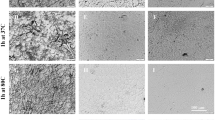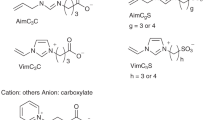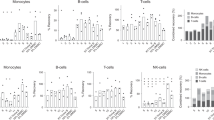Abstract
Polge, Smith and Parkes1 first reported the protective action of glycerol against the adverse effects on spermatozoa of freezing and thawing. Lovelock2 found that the protective action of glycerol was shared with a number of other neutral solutes of low molecular weight, including methanol, acetamide and glyceryl monoacetate. Using the extent of hæmolysis of red blood-cells as a measure of damage by freezing, it was concluded that the principal protective action of the neutral solutes was a simple consequence of their ability to prevent the excessive concentration of electrolytes and other substances that otherwise occurs on freezing. The protective property is limited to substances that are in themselves not toxic, have a low molecular weight, a high solubility in aqueous electrolyte solutions and an ability to permeate living cells. The number of solutes capable of fulfilling these conditions is small, and so far glycerol most closely approaches the ideal protective agent. Some cells, however, are impermeable to glycerol, for example, bovine red blood cells, and with these glycerol is of little use in their preservation by cold storage. An alternative solute with a greater permeability to living cells is dimethyl sulphoxide. This communication reports the protective action of dimethyl sulphoxide against freezing damage to human and bovine red blood cells and to bull spermatozoa.
This is a preview of subscription content, access via your institution
Access options
Subscribe to this journal
Receive 51 print issues and online access
$199.00 per year
only $3.90 per issue
Buy this article
- Purchase on Springer Link
- Instant access to full article PDF
Prices may be subject to local taxes which are calculated during checkout
Similar content being viewed by others
References
Polge, C., Smith, A. U., and Parkes, A. S., Nature, 164, 666 (1949).
Lovelock, J. E., Biochem. J., 56, 265 (1954).
Bishop, M. W. H., Stud. Fertility, 6, 81 (1954).
Lovelock, J. E., and Polge, C., Biochem. J., 58, 618 (1954).
Author information
Authors and Affiliations
Rights and permissions
About this article
Cite this article
LOVELOCK, J., BISHOP, M. Prevention of Freezing Damage to Living Cells by Dimethyl Sulphoxide. Nature 183, 1394–1395 (1959). https://doi.org/10.1038/1831394a0
Issue Date:
DOI: https://doi.org/10.1038/1831394a0
This article is cited by
-
Cryopreservation of tissues by slow-freezing using an emerging zwitterionic cryoprotectant
Scientific Reports (2023)
-
Bridging polymer chemistry and cryobiology
Polymer Journal (2023)
-
Cell-compatible isotonic freezing media enabled by thermo-responsive osmolyte-adsorption/exclusion polymer matrices
Communications Chemistry (2023)
-
Chemical approaches to cryopreservation
Nature Reviews Chemistry (2022)
-
Efficacy of soluble lansoprazole-impregnated beta-tricalcium phosphate for bone regeneration
Scientific Reports (2022)
Comments
By submitting a comment you agree to abide by our Terms and Community Guidelines. If you find something abusive or that does not comply with our terms or guidelines please flag it as inappropriate.



